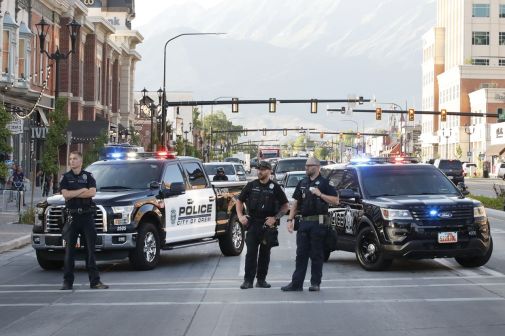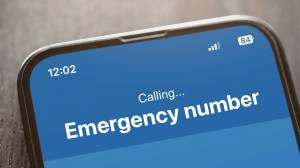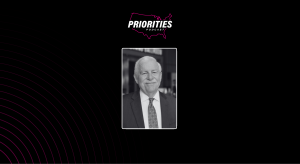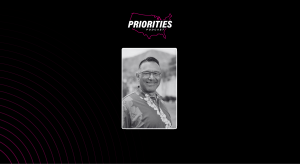911 centers are opting for next-generation features early
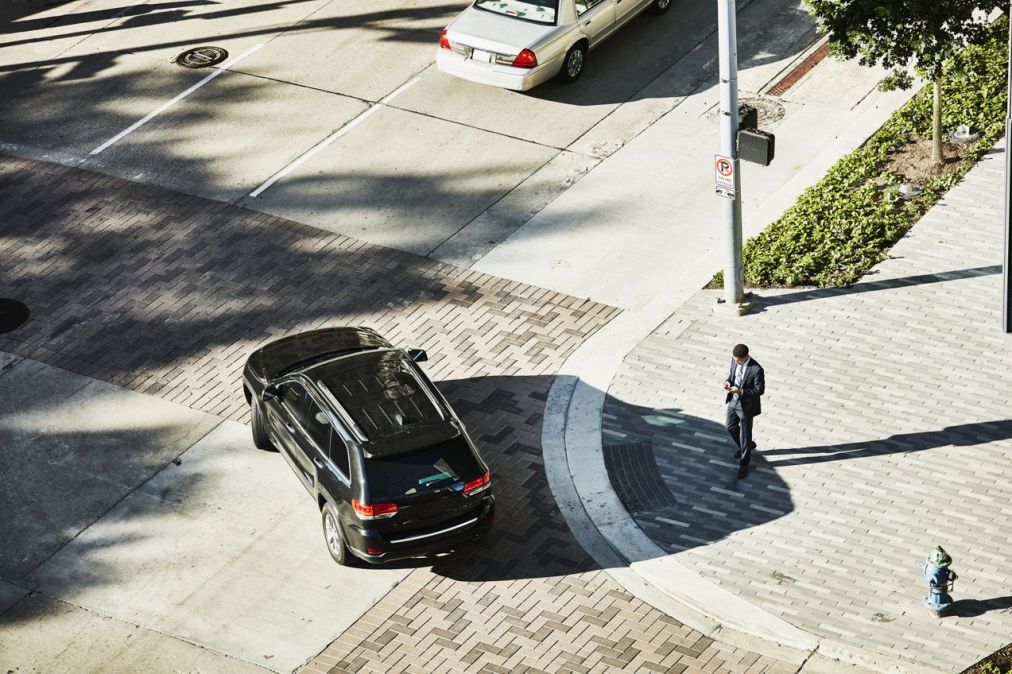
While Congress considers how to fund a nationwide upgrade to next-generation 911, enabling emergency call centers around the country to accept photos, videos and other data, many call centers are meanwhile opting for a free solution that allows many of the same functions.
A company called Prepared 911 this month announced that its free platform — which allows 911 callers to share multimedia and location data without downloading anything on their phones ahead of time — is now being used by 10% of the nation’s roughly 5,700 emergency call centers. Its uses over the past year include a Hawaii fire department streaming views of an active volcano and a police officer helping a woman in St. Clair County, Alabama, give birth, according to the company.
Michael Chime, Prepared 911’s CEO and cofounder, told StateScoop his platform is helping responders recoup useful data that the nation’s outdated 911 infrastructure can’t handle.
“We’re in this place where we have 250 million calls a year, but we just haven’t caught up to the innovation that’s in our pocket,” Chime said. “And critical, life-saving data, as a result, is being left on the table.”
Legislation introduced in the U.S. House last month would provide $15 billion to speed along the current upgrades to next-generation 911 that are currently underway around the country. That funding would help local governments upgrade their network infrastructure, purchase digital call-taking equipment and replace copper-based phone systems that in many cases have gone unchanged for decades.
Chime said that while he supports next-generation 911, he believes it will be “a shell” of the platform that his company already offers today. Prepared 911 offers its core functionality — enabling callers to share their screens with call centers via SMS — free of charge and seeks to generate additional revenue through premium subscriptions that offer additional features. Chime said it’s one of many instances in which the private sector has beat government to providing a critical service.
“We’ve constructed our business model in a way where they don’t have to pay millions of dollars to see that data up front,” he said. “When we talk about response times, one of the big things that matter in response times is eyes on the scene, the ability to see what’s happening.”
Next-generation 911 is often framed as a way of equipping first responders with important information before they arrive on a potentially dangerous scene. Chime said that photos and videos frequently contain information — such as blue flames, indicating a chemical fire — that untrained 911 callers don’t recognize.
Debra Smith, manager of operations at the St. Johns County Sheriff’s Office near Jacksonville, Florida, told StateScoop she believes next-generation 911 features like video will greatly boost the situational awareness of first responders, but she doesn’t believe dispatchers are yet well trained enough to see the scenes they currently only hear about.
“They’re trained to take the phone call, but they’re not trained to actually watch it occur,” she said. “There’s a whole gamut of training that needs to be done for the dispatchers to be able to handle some of the stuff that’s going to come in on these videos.”
Smith’s jurisdiction doesn’t use Prepared’s software for its 911 system, but to allow residents to send texts and photos to a non-emergency number. St. Augustine, the city where the sheriff’s office is based, is home to a large population of people who are deaf or hard-of-hearing, she said, and they appreciate having the texting option.
In nearly 20 years as a dispatcher, Smith said, she’s taken calls on everything from noise complaints about barking dogs to officer-involved shootings, meaning that she may have known the person who was shot. Rapidly taking calls and never receiving follow-up information or any sort of closure on such situations can be difficult, she said.
“I’m a big proponent for peer support and a big proponent for mental health for our dispatchers because … this job is just as stressful as being an actual responding unit,” she said. “We sit there and make pictures in our head of what this scene looks like.”
While exposing a new population of personnel to potentially disturbing imagery may require changes in training, Chime said that getting that information to first responders faster is the whole purpose of his platform.
“I think what we’re solving for is clarity,” he said. “At the end of the day, a responder, a caller in their worst moment, everybody benefits from knowing what’s happening sooner and clearer.”
